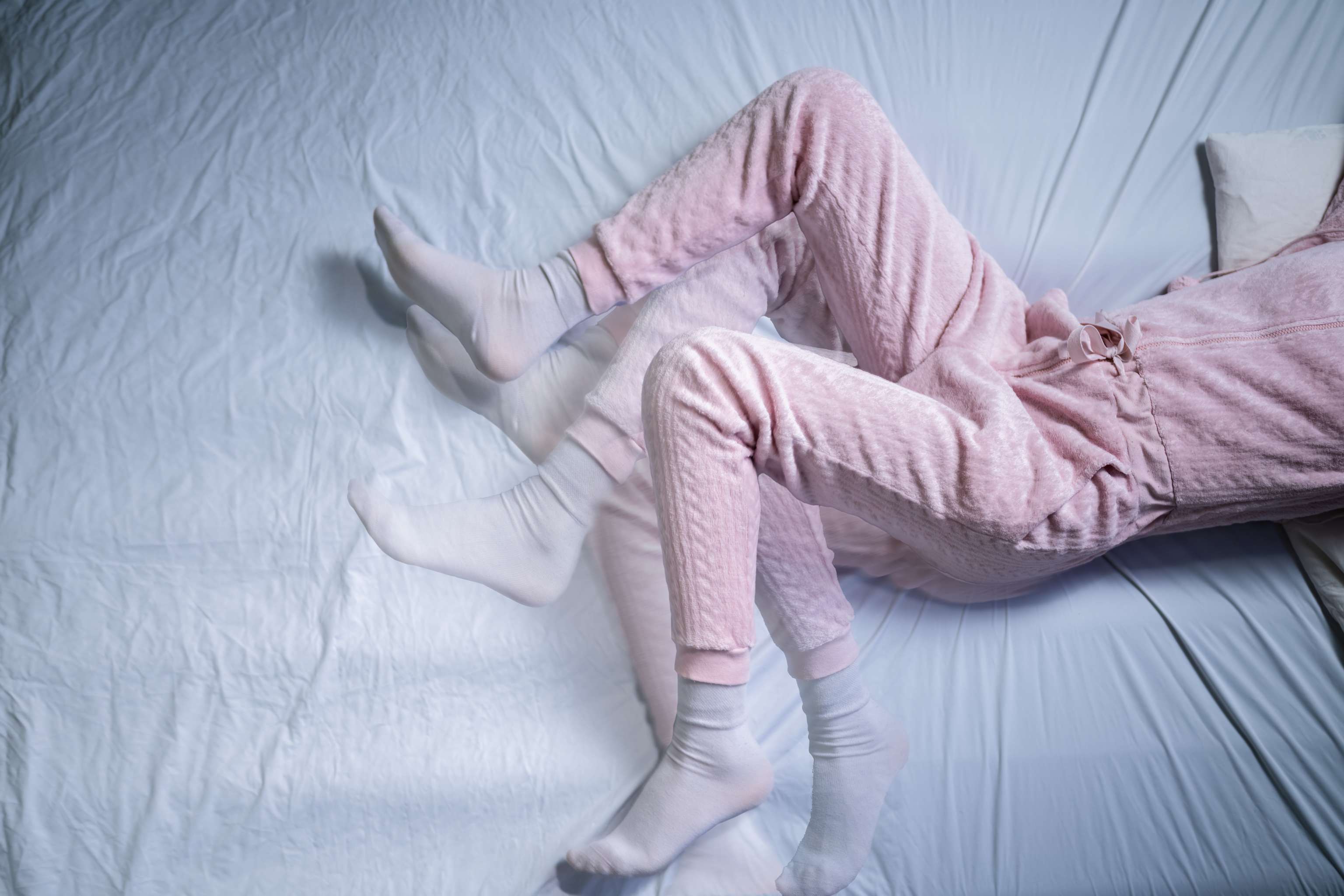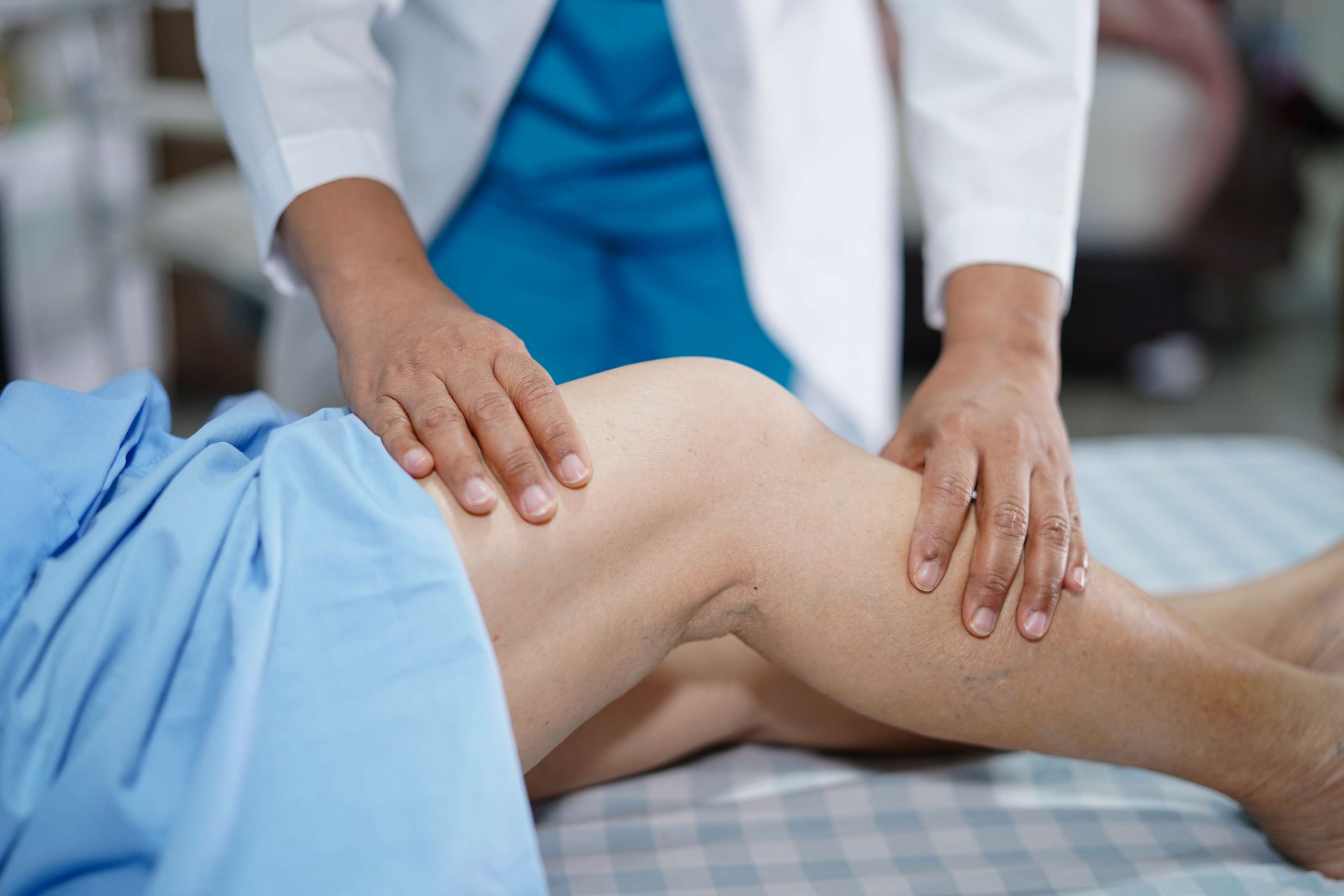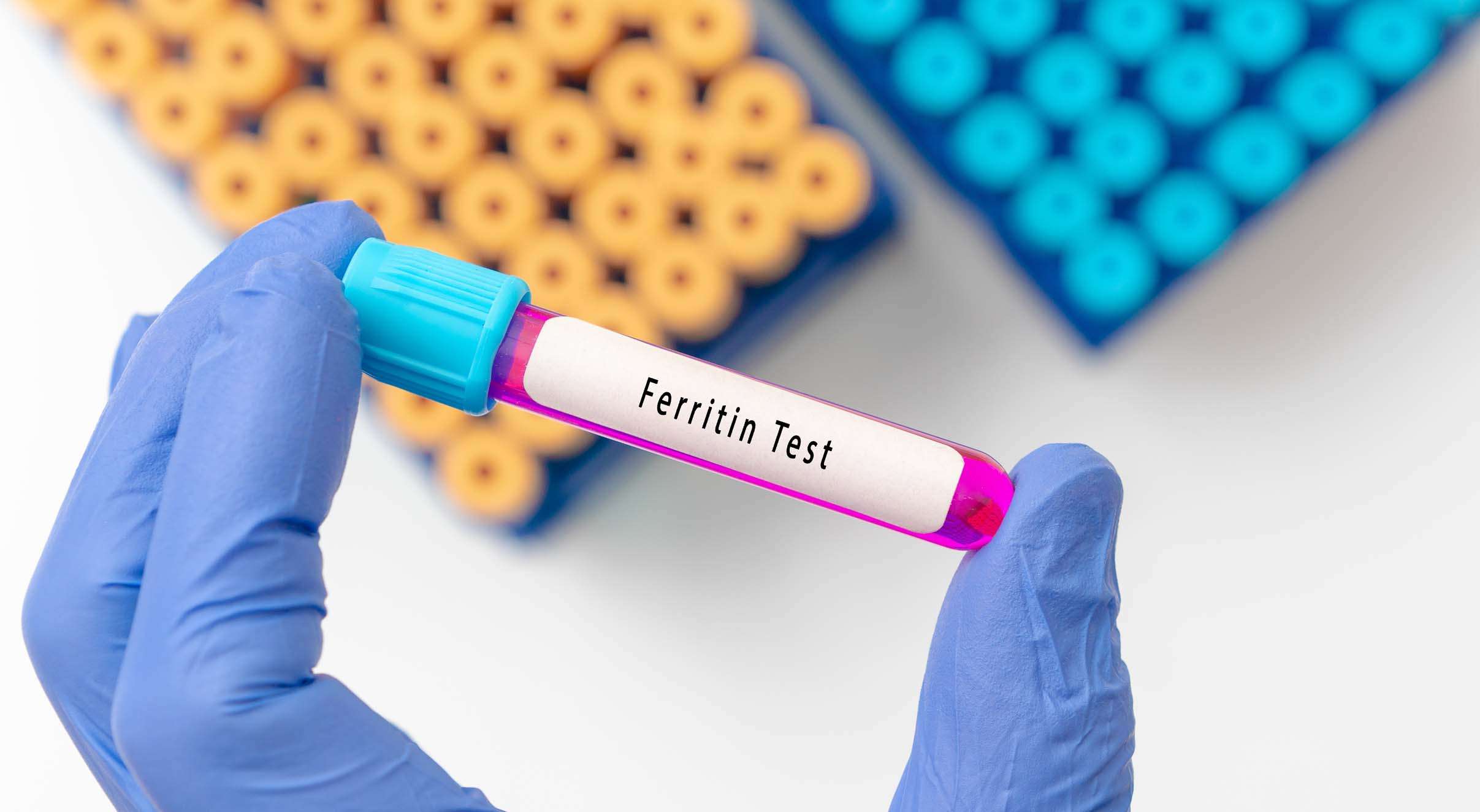To clarify the causes, a precise history of the medications currently being taken should be taken in order to be able to include or exclude these as possible exacerbating factors of the syndrome. Another new feature is the replacement of the previous division into primary and secondary RLS by a single concept. According to this concept, the clinical picture of restless legs syndrome arises from interacting genetic, socioeconomic, and environmental factors as well as comorbidities. All these comorbid factors should be subject to early diagnosis and treatment, and the term "secondary RLS" should no longer be used.
For the choice of therapeutic measures, a slow and symptom-oriented approach is recommended. The S2k guideline initially recommends twice-daily oral iron substitution in combination with vitamin C for better absorption. In case of oral iron intolerance or moderate to high severity of RLS, iron should be administered intravenously once or twice a week. Alternatively, non-ergot dopamine agonists, including rotigotine, ropinirole, and pramipexole, have been shown to be effective and are approved in the D-A-CH region. Treatment with levodopa should be intermittent or for diagnostic purposes only.
As second-line medications, opioids (e.g., oxycodone/naloxone) can be used separately or in combination with a dopamine agonist or a gabapentinoid. Due to a lack of evidence, the guideline does not recommend therapeutic use of cannabinoids, magnesium, or benzodiazepines.
To avoid augmentation, an increase in symptoms when the medication dosage is too high, the use of only one dopaminergic substance, dosed as low as possible, is recommended. In addition to medication or separately, non-drug therapy measures such as transcranial direct current stimulation, exercise training (bed bike, yoga, etc.), and infrared light therapy are advised. Current data are insufficient to recommend the use of acupuncture, pneumatic compression, endovascular laser ablation, cryotherapy, and phytotherapy. Worsening or amelioration of RLS symptoms by coffee, alcohol, nicotine, or other stimulants has still not been clarified in larger studies, according to the guideline. Treatment of symptoms in RLS with comorbid conditions, such as cardiovascular or psychiatric conditions, should be subject to careful review.
Augmentation should be diagnosed clinically by history and may be present if definitional criteria are met. The new guideline provides steps for augmentation treatment, including controlling iron metabolism as a first step.




